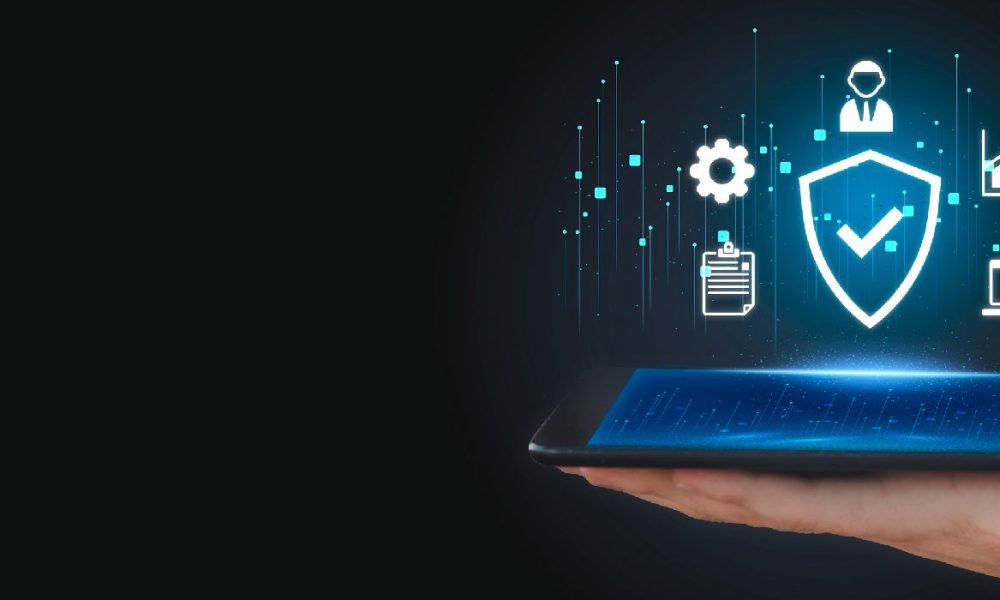


Welcome to AISEC UK
Cybersecurity is a broad field dedicated to protecting computer systems, networks, and data from unauthorized access, attacks, and breaches. In today’s digitally interconnected world, where information is constantly transmitted and stored online, cybersecurity plays a critical role in safeguarding sensitive information, maintaining the integrity of systems, and preserving the privacy of individuals and organizations.
Cybersecurity services encompass a wide array of offerings designed to address the diverse needs of organizations and individuals in protecting their digital assets. Some common cybersecurity services include:


Vulnerability Assessment and Penetration Testing:
This involves identifying weaknesses in systems and networks through comprehensive assessments and simulated attacks to uncover potential security gaps before malicious actors exploit them.

Firewall Management
Firewalls act as a barrier between a trusted internal network and untrusted external networks, controlling incoming and outgoing network traffic based on predetermined security rules to prevent unauthorized access.

Security Information and Event Management (SIEM)
SIEM tools collect, analyze, and correlate security event data from various sources across an organization’s IT infrastructure, providing insights into potential security incidents and enabling rapid response.

Cyber Security Awareness
Cybersecurity awareness is the foundation of a strong defense against cyber threats in today’s digital age. It refers to the knowledge, understanding, and vigilance individuals and organizations possess regarding potential cyber risks and the measures needed to mitigate them. By raising awareness about cybersecurity issues, promoting best practices, and fostering a culture of security consciousness, individuals and organizations can significantly reduce their susceptibility to cyber attacks and protect their sensitive information and digital assets.
Advanced Security Monitoring
- Real-Time Threat Detection
- Behavioral Analysis
- Machine Learning and AI
- Automated Response
- Integration and Correlation
- Threat Hunting
- Compliance and Reporting
- Cloud and Hybrid Environments
- User and Entity Behavior Analytics (UEBA)


Threat Intelligence and Digital Footprint Management
Threat intelligence and digital footprint management are critical components of modern cybersecurity strategies. They involve the systematic gathering, analysis, and application of information to understand and mitigate risks associated with an organization’s online presence. Here’s a detailed exploration of their roles and importance:
Digital footprints encompass the traces left behind by an organization’s activities across various digital platforms. These include:
- Web Presence: Websites, blogs, and publicly accessible information.
- Social Media: Interactions and profiles on platforms like Facebook, Twitter, and LinkedIn.
- Online Transactions: Records of purchases, payments, and financial transactions.
- Network Traffic: Data exchanges within internal and external networks.
- IoT Devices: Connections and data transmissions from Internet of Things devices.
Challenges and Considerations

Data Privacy
Adhering to stringent data privacy laws and ethical guidelines in data collection.

Integration
Integrating threat intelligence seamlessly into existing security frameworks.

Accuracy and Relevance
Ensuring that intelligence remains up-to-date and pertinent to current threats.
